The Magnificent Qinghai
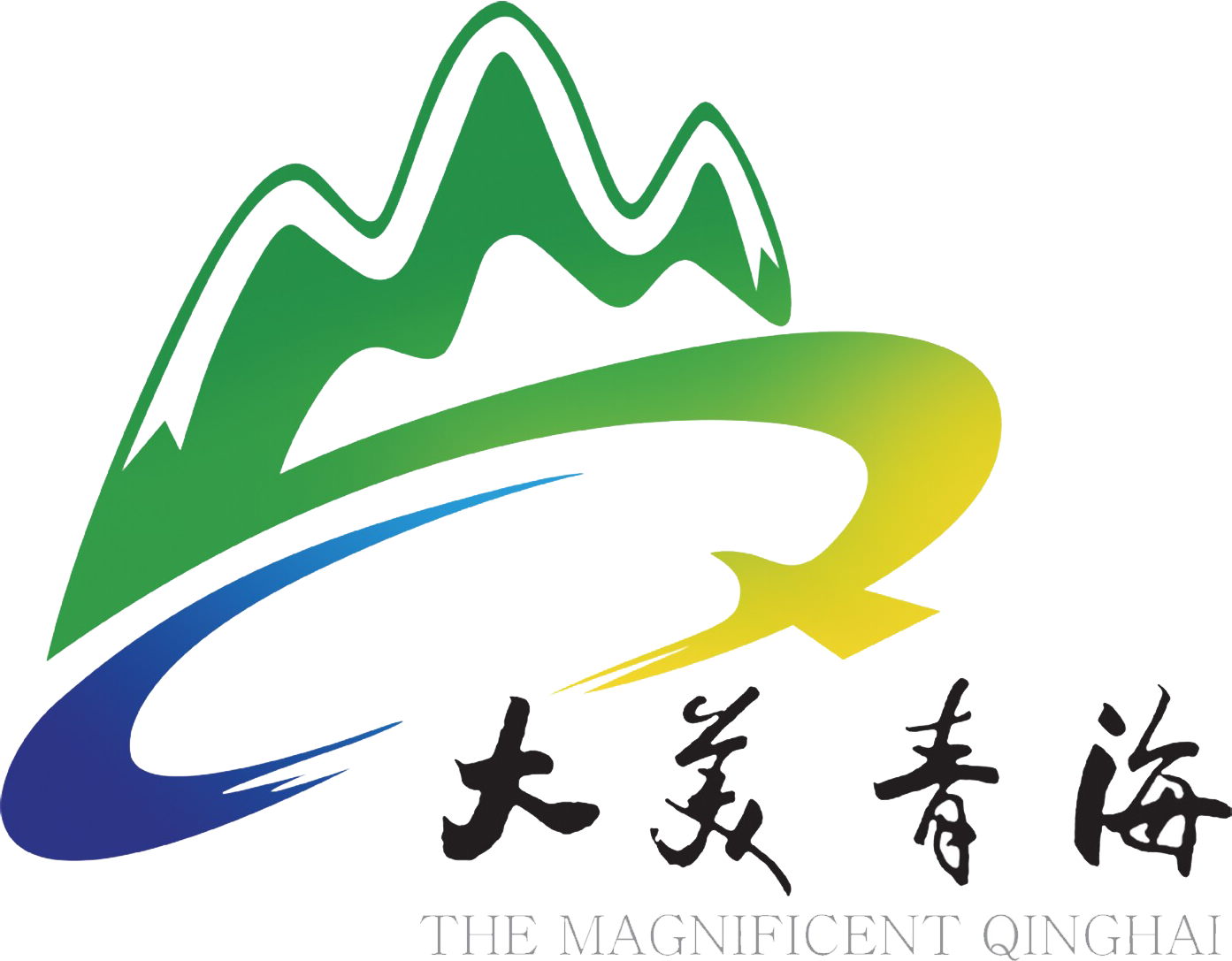
Welcome to Magnificent Qinghai! It’s home to Qinghai Lake, China’s largest inland lake, where blue water blend with the sky. In summer, golden rapeseed fields stretch endlessly beside snow-capped mountains. Immerse in rich ethnic customs, savor local yogurt and tender mutton. Breathe the pure air and enjoy the stunning scenery—this peaceful land offers an unforgettable escape from the busy world.
The Kunlun Mountains, a majestic mountain range spanning across the western part of China, are located at the northern periphery of the Qinghai-Tibet Plateau, extending over 2,500 kilometers in length. The Kunlun Mountains are both the source of rivers and the birthplace of Kunlun mythology.
The Kunlun mythology is one of the world’s creation myths, reflecting many life customs of various Chinese ethnic groups, and thus exerting a crucial influence on Chinese culture.

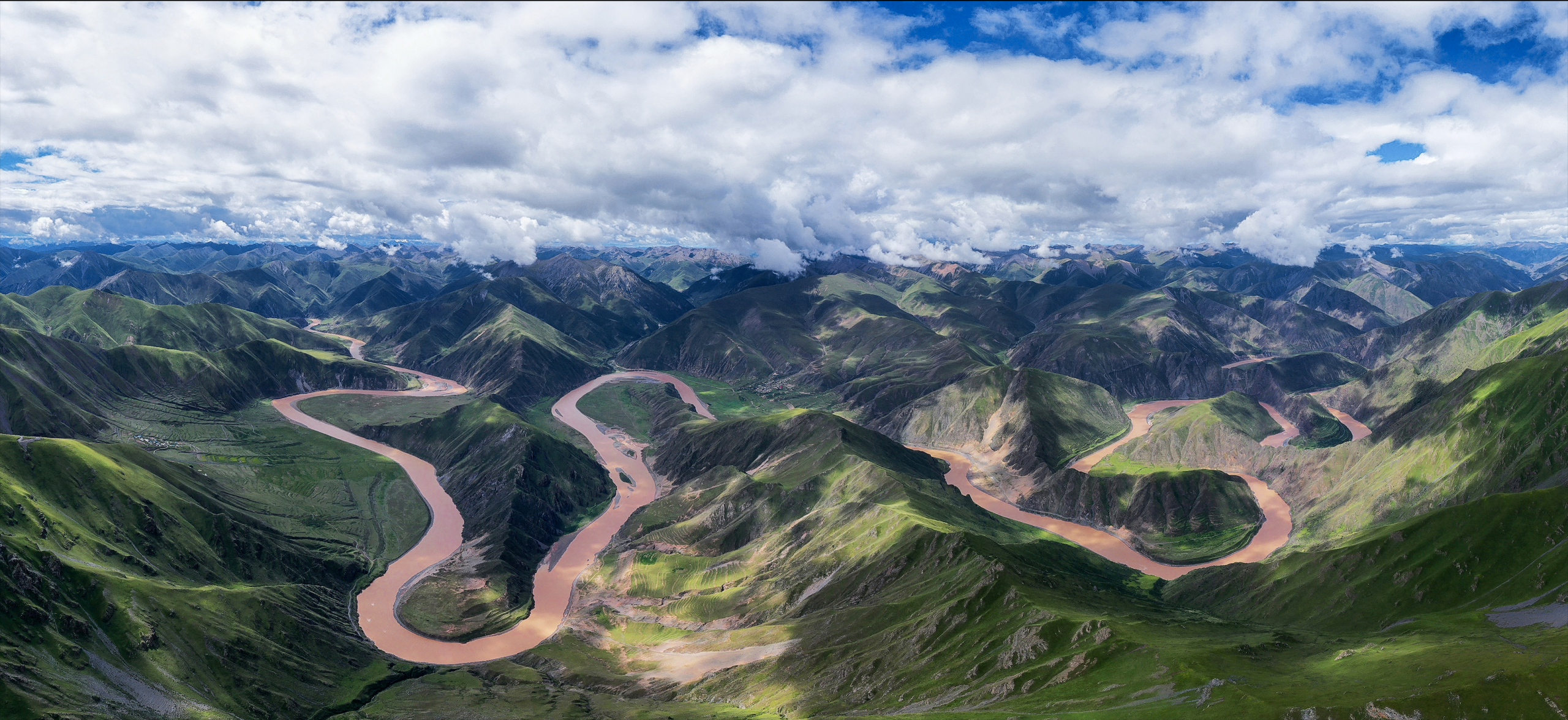
Tongtian River, lying in the source region of the Yangtze River, is the name of the Yangtze River within the territory of Yushu Tibetan Autonomous Prefecture, Qinghai Province with a length of 813 kilometers. The lower section of the River flows across the valley region, where the climate is relatively warm and humid.
Due to the complex natural geographical environment, various types of grasslands and pastures have emerged, making it one of the important animal husbandry areas in the upper reaches of the Yangtze River.
Madoi, which means “the source of the Yellow River” in Tibetan, is the first county that the Yellow River flows through. With more than 5,800 lakes of various sizes, it is known as “the county of thousands of lakes”. The well-known “Twin Lakes of the Yellow River Source” – Gyaring Lake and Ngoring Lake have been listed in the List of Wetlands of International Importance (Ramsar List) by the Ramsar Convention on Wetlands organization.

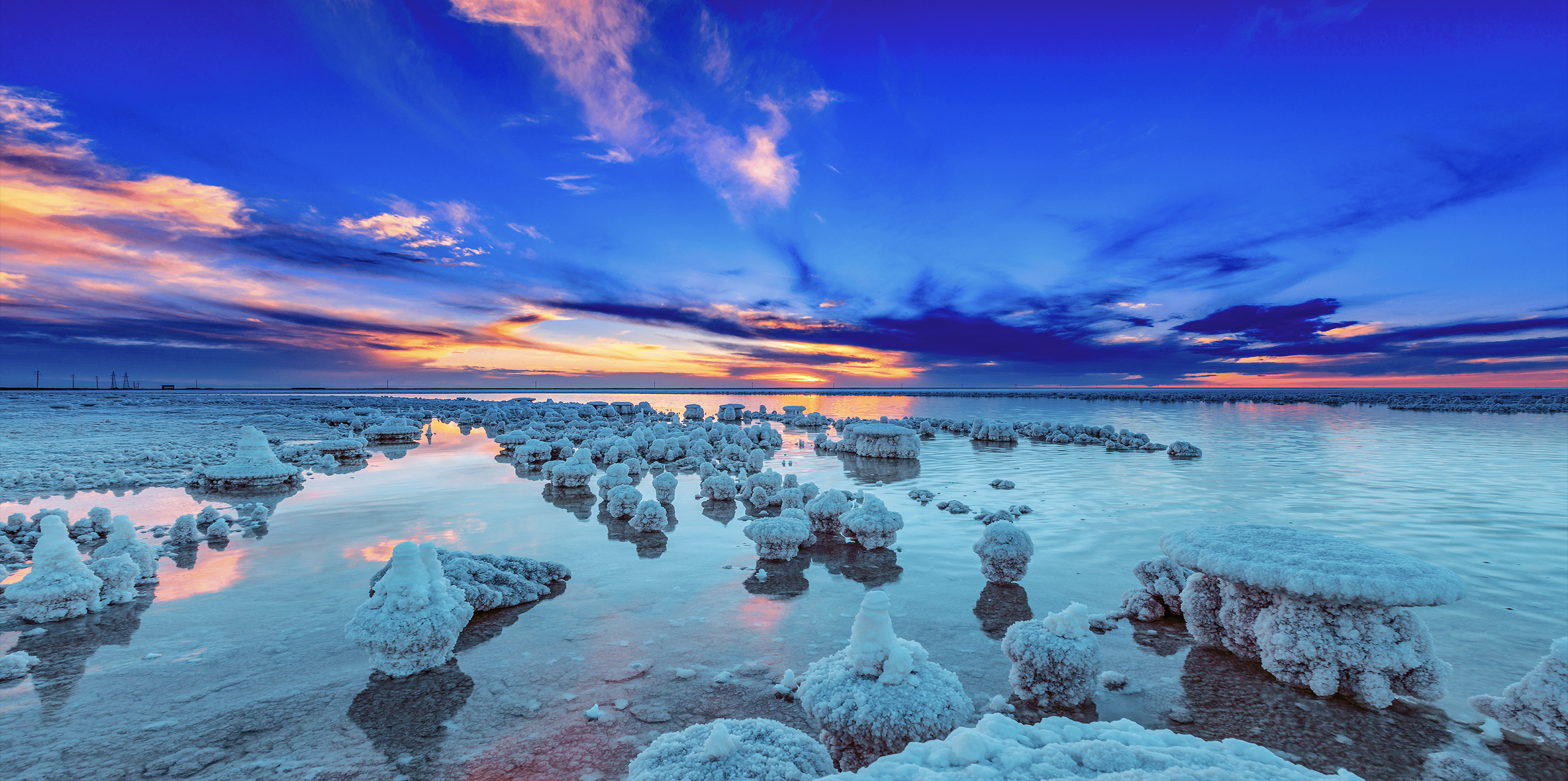
Situated in the southern part of the Qaidam Basin, the Qarhan Salt Lake covers an area of 5,856 square kilometers. As the largest salt lake in China, it is also the second largest salt lake in the world. With over 50 billion tons of sodium chloride stored within, it can supply 6 billion people for 1,000 years.
Despite the harsh conditions that deter green vegetation, it produces salt crystals that glitter like jade, appearing in an infinite variety of figures.
Wusute Yadan Geological Park, situated in the northwestern region of the Qaidam Basin in Qinghai Province, under intricate geological processes and evolution, has become the home to the largest and most spectacular cluster of water Yadan landscapes in the world, spanning approximately 21,000 square kilometers.
The term “Yadan”, originating from the Uyghur language, means “a hillock with steep cliffs” or “wind-eroded forest”, referring to a unique wind-eroded landscape.

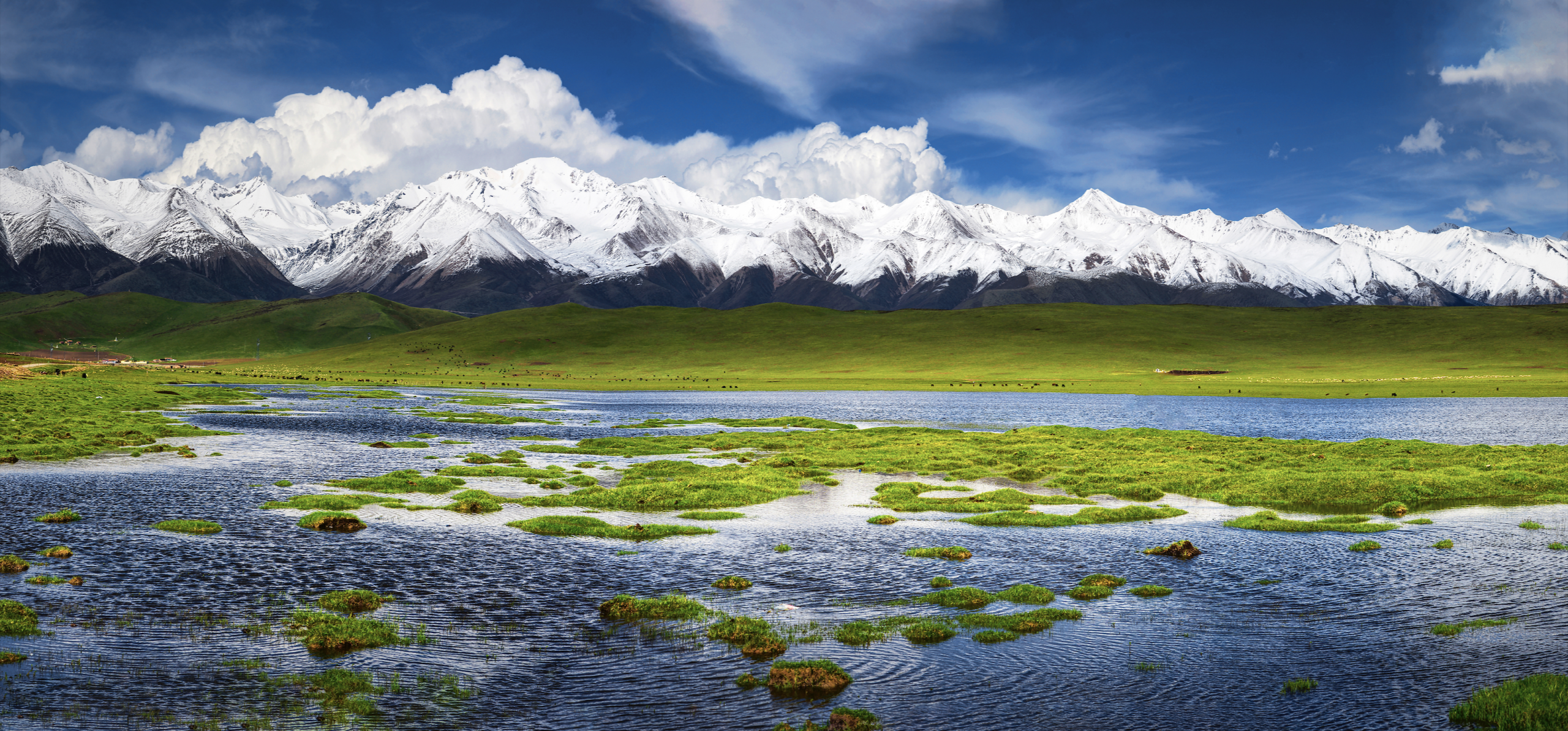
Qilian Mountain National Park, located at the juncture of Gansu and Qinghai provinces, holds a prestigious position as one of China’s top ten national parks, covering a total area of 50,200 square kilometers.
In September 2017, the Chinese government approved the construction of the park, which is a network of nature reserves composed of 8 relatively complete and independent areas. The conservation objectives primarily include wetlands, glaciers, rare and endangered wild animals and plants, as well as the forest ecosystems.
As one of the most representative wild animals on the Qinghai-Tibet Plateau, the wild yak is a highly valuable high-altitude livestock species, known as “the pride of snow mountains”. It inhabits Hoh Xil in the Sanjiangyuan region, the Qaidam Basin, the Qilian Mountains, and other places.
It can adapt to various environments, including high mountains, intermountain basins, alpine grasslands, and alpine desert grasslands, above 4,500 meters in altitude without sign of human presence.


The black-necked crane, also know as the Tibetan crane, is a large flying wader with a body length of about 120 centimeters. It primarily inhabits plateaus, meadows, marshes, and reed swamps at altitudes ranging from 2,500 to 5,000 meters. First discovered and named in Qinghai Province, China, in 1876, it is the only crane species in the world that lives and reproduces on high plateaus.
It has been listed as the animal with first-level status in China’s “List of State-protected Wildlife”.
Snow lotus thrives in the high mountain crevices of the snow plateau, as well as on steep rock faces and gravel slopes near the snow line. As an extremely cold-tolerant plant, it prefers a high humidity environment.
Given its harsh growing conditions, most plants can hardly survive there. And it is this unique environment that contributes to its unparalleled medicinal value.

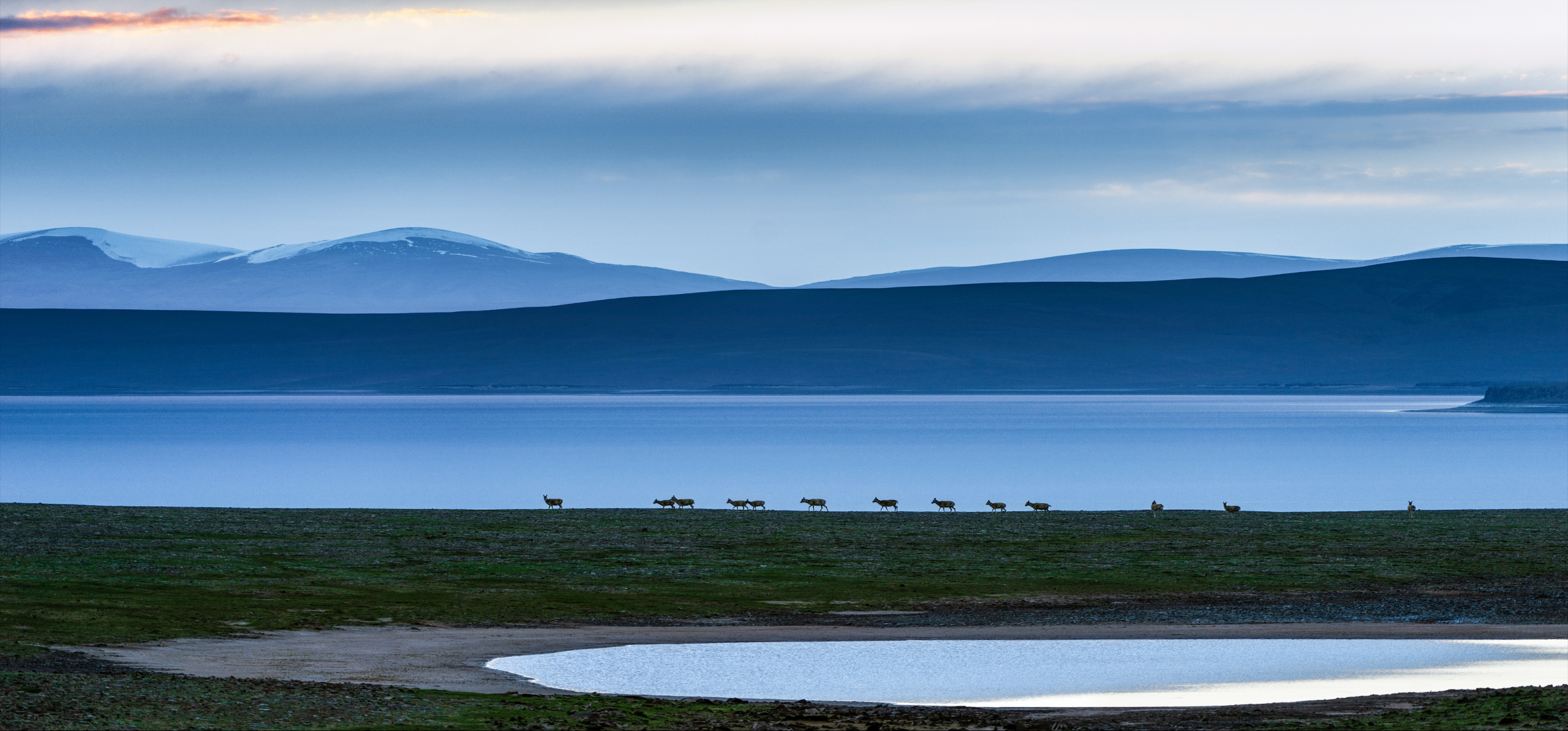
Zhuonai Lake, which means “a place where Tibetan antelopes gather”, is situated in the Hoh Xil National Nature Reserve. The reserve is located in the west of Yushu Tibetan Autonomous Prefecture, Qinghai Province, covering a total area of 4.5 million hectares.
It is a nature reserve with well-preserved original ecological environment in the 21st century and one of the largest and highest-elevation nature reserves featuring the richest wild animal resources in China.
As the coordinate of Qinghai and the soul of the Qinghai-Tibet Plateau, the Qinghai Lake, our largest salt lake, is in Northwest China’s Qinghai Province at an altitude of about 3,200 meters. It is a plateau lake as vast as an ocean with a water surface area of approximately 4,400 square kilometers and a maximum depth of over 30 meters.
The Qinghai Lake, along with its surrounding grasslands, wetlands, deserts, and mountains, forms a charming natural landscape.




